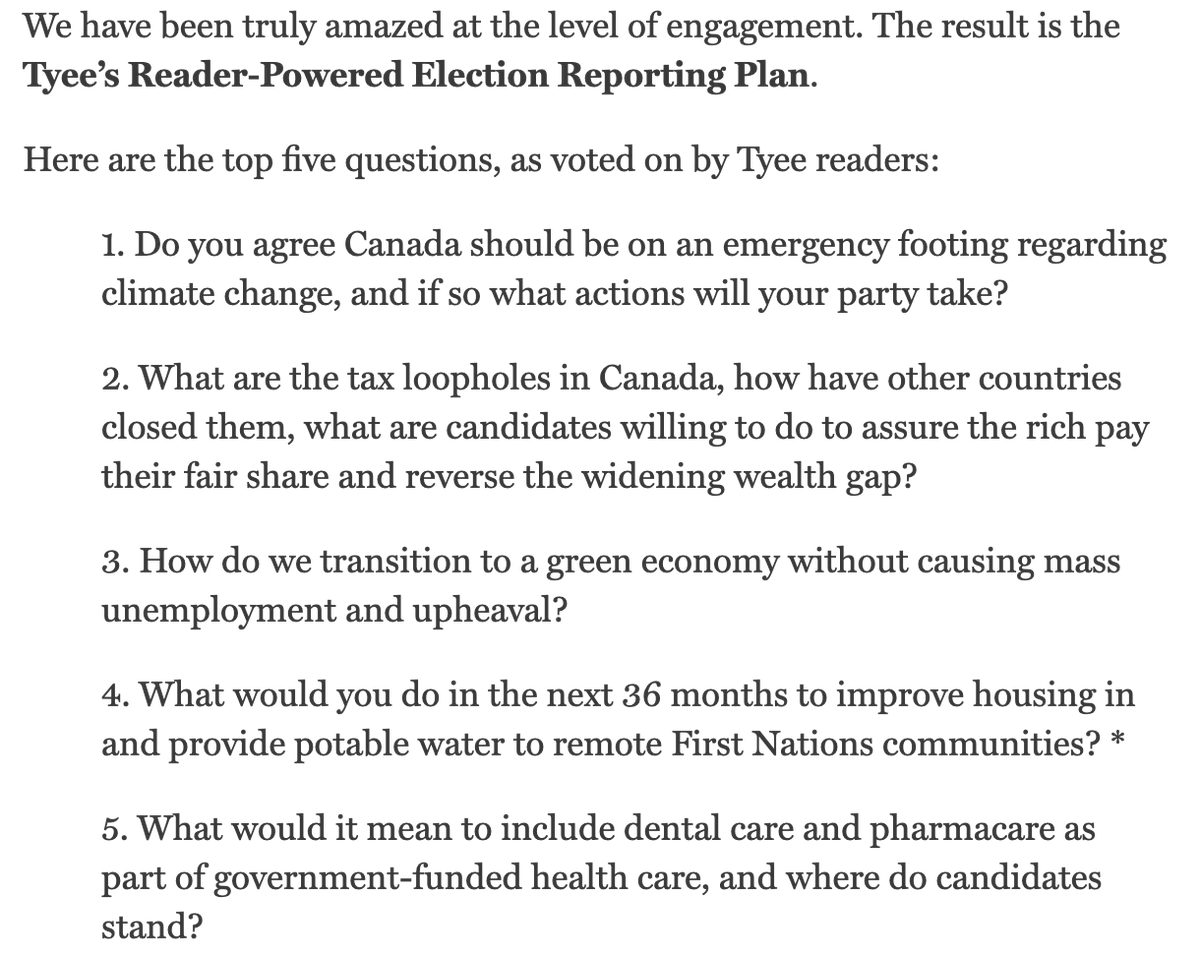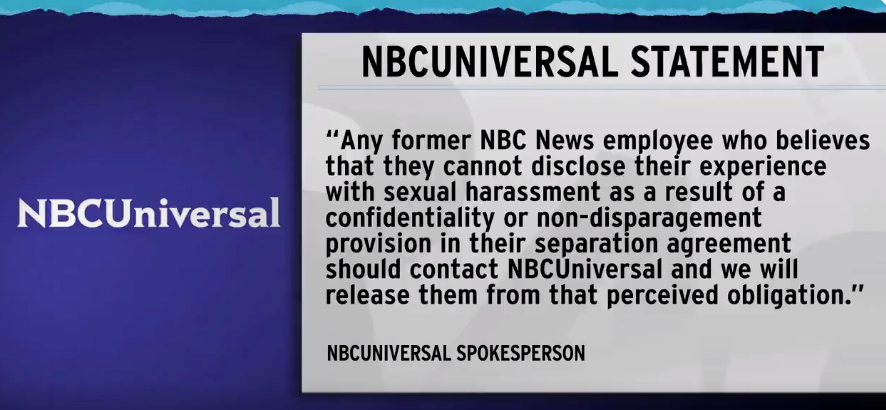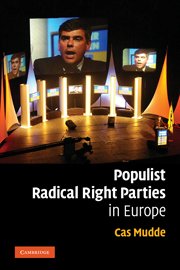Step One: Identify — especially to yourselves — the people you are trying to inform with your election coverage. Your community. Your public. Your crowd. 12/
On that question everything else in the model turns. 13/
Use every portal, platform, method or occasion you have to pose the question: "What do you want the candidates to be discussing as they compete for votes?" Text us, write us, tweet us, call and leave a message, fill out this form, come to our event. 14/
I know. You want to see an example. thetyee.ca/Tyeenews/2019/… 15/

Ideally, polling helps you validate what you found or identify what you misheard. If that's out of reach, find other ways to test it. 16/
Publishing is a key step. It commits you —openly— to a plan: use what you heard to guide what you do in election coverage. This is a kind of pact with the public. 17/
Around the top priorities you can now do in-depth journalism and clear-eyed explainers, knowing that these products connect to problems that people said they care about. 18/
In a way, you “win” at election year journalism when this occurs. Instead of just covering what happens willy-nilly, you have provided a demonstrable public service. 19/
Down the left side of the grid, the candidates for office. Across the top, the items on the citizens agenda. Fill in the grid with what the candidates have done, said, or proposed. That’s public service. 20/
I called it a published product. I also said it was live. That means you have to change it when the ground shifts, or the choices narrow, or something happens to alter people's expectations. 21/
““Election coverage the way we have always done it simply won’t cut it.”
“We’re trying to be more audience-focused. The citizens agenda is a part of that..”
25/
“After the disaster of 2016 we cannot go into the field in 2020 with the same equipment. Or intention. We have to try a different way.”
Which one of those speak to you? END














